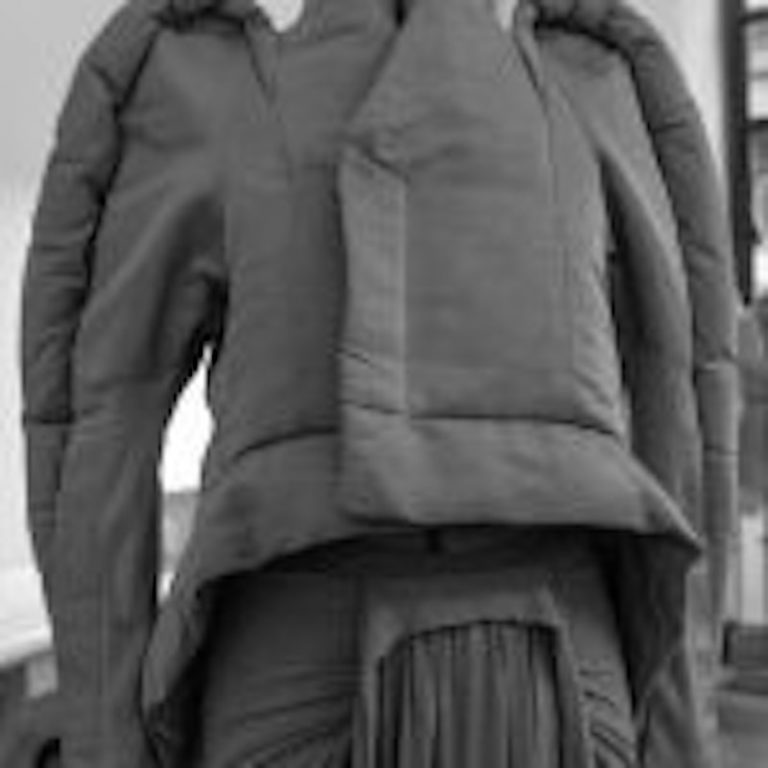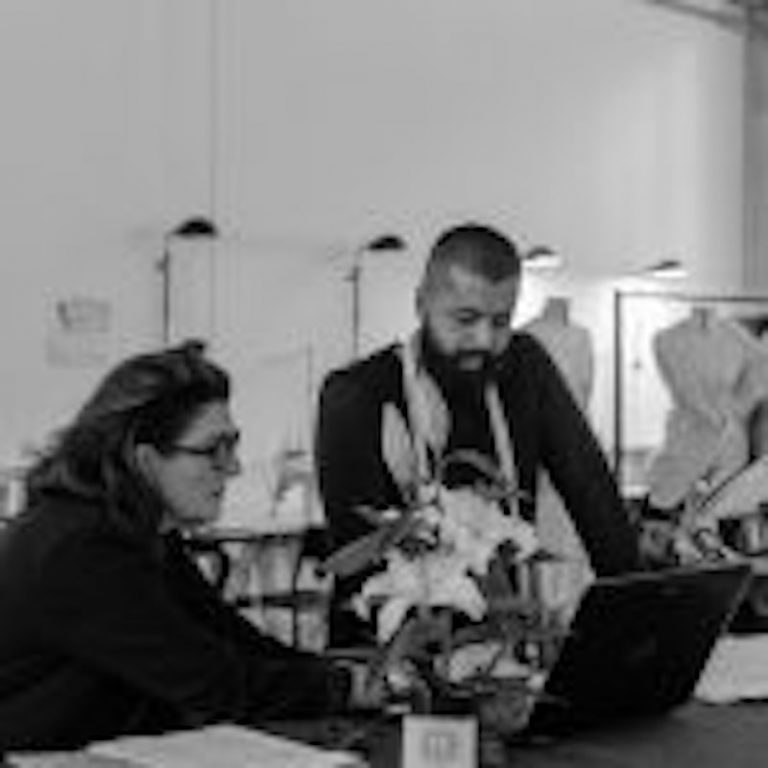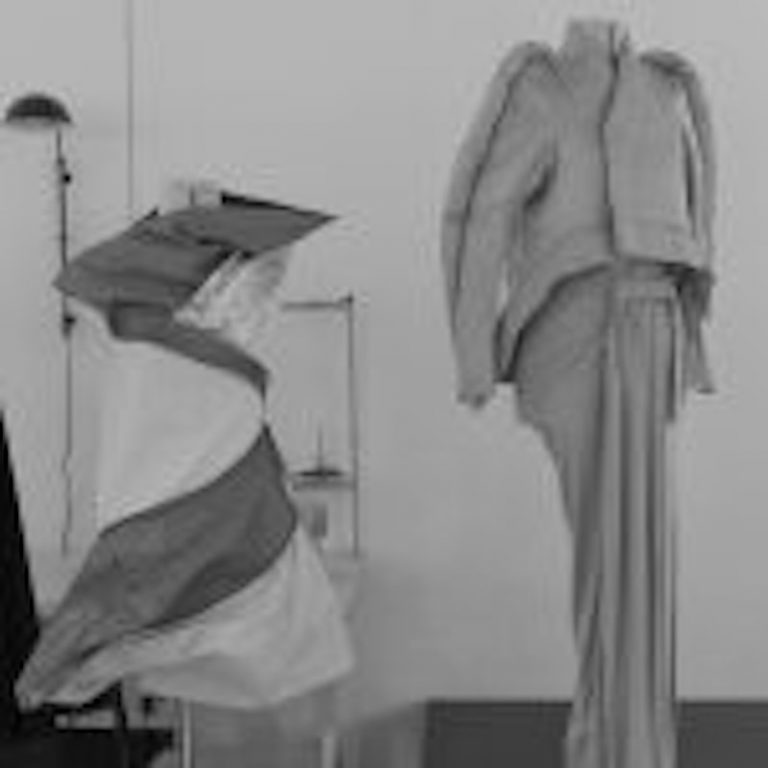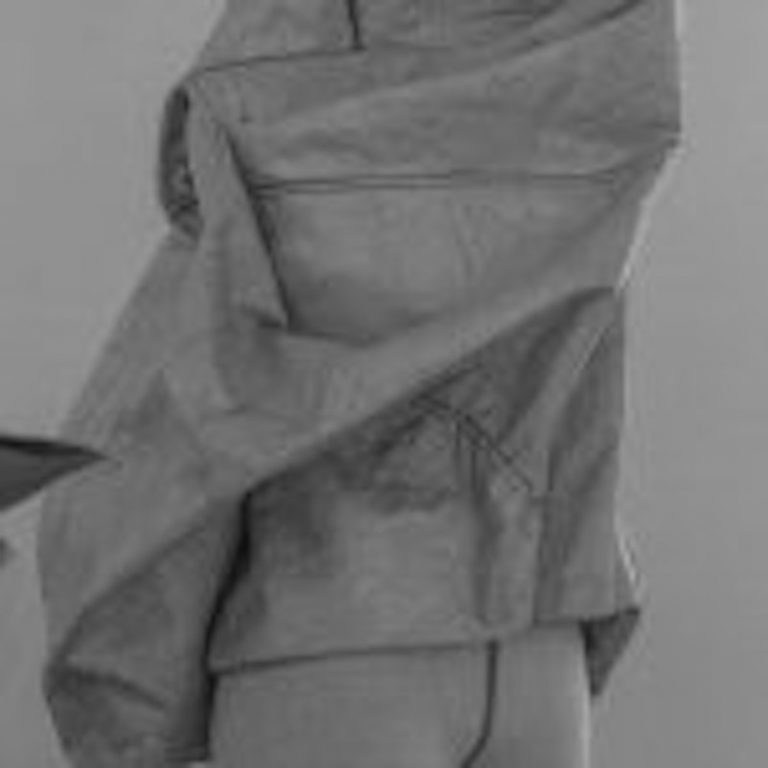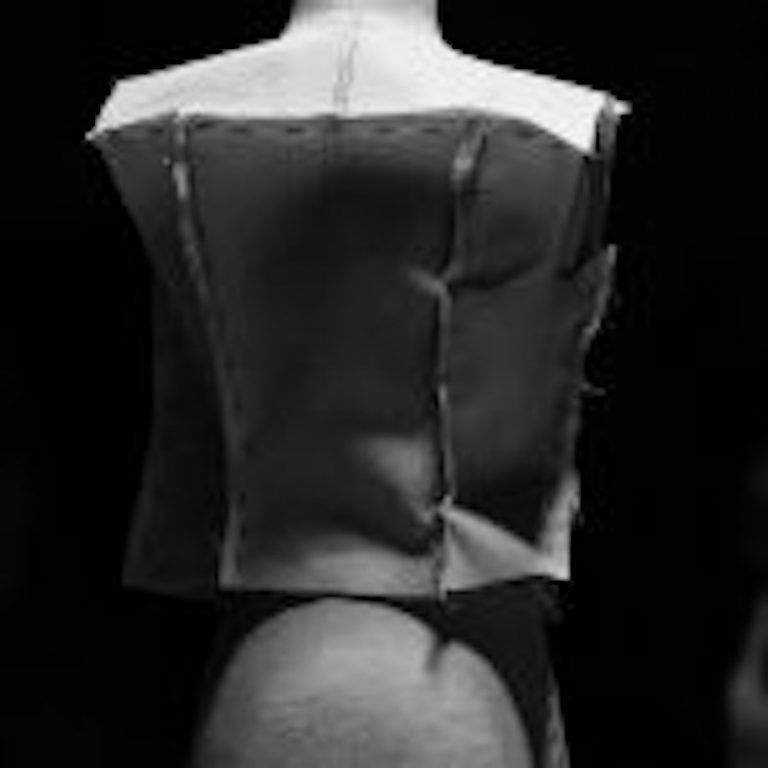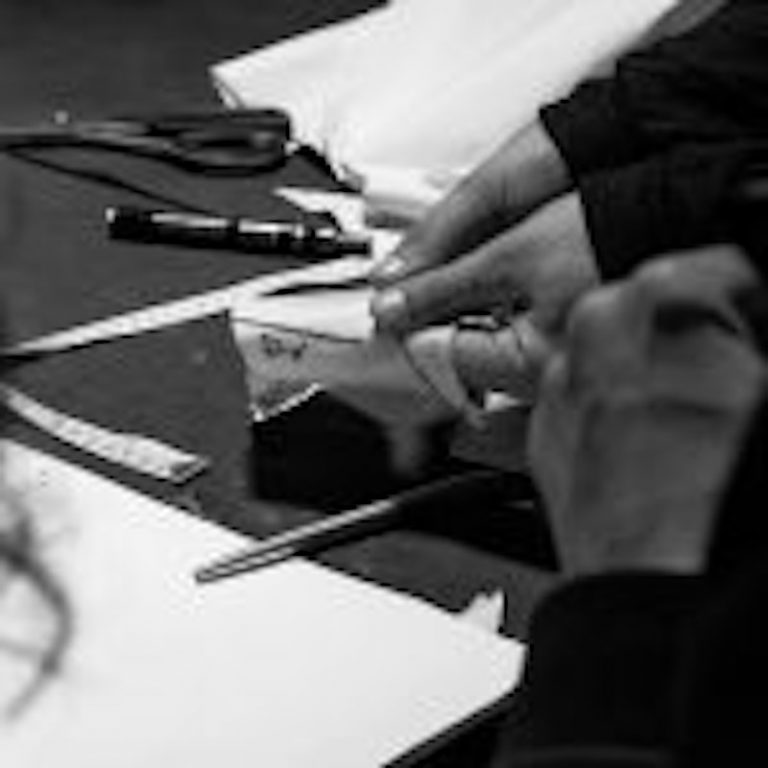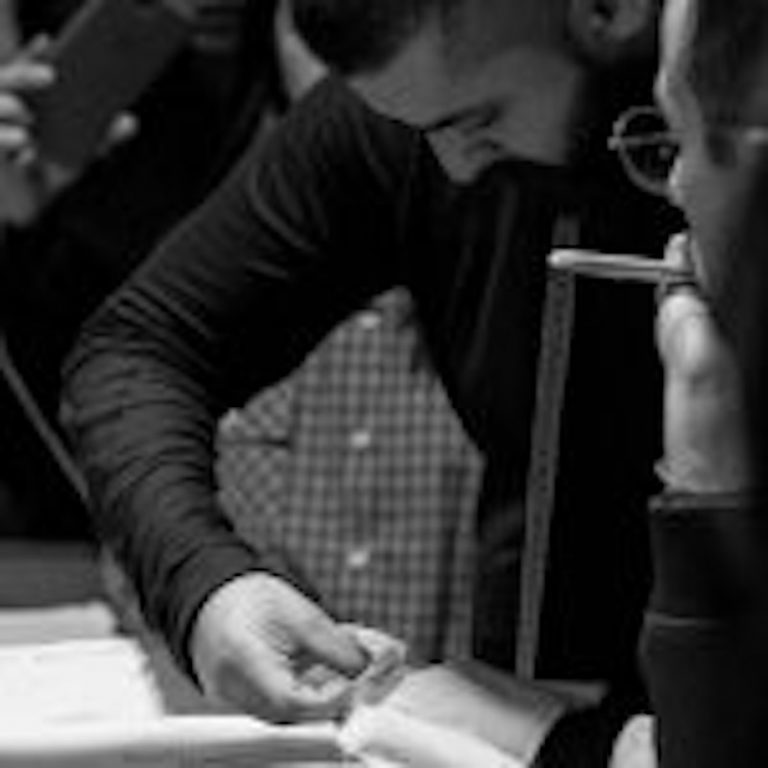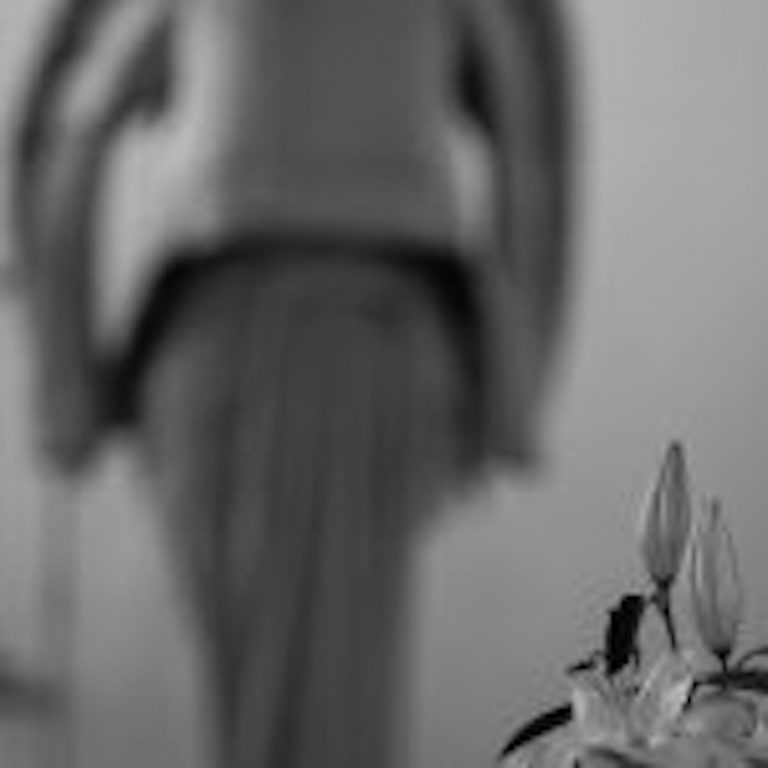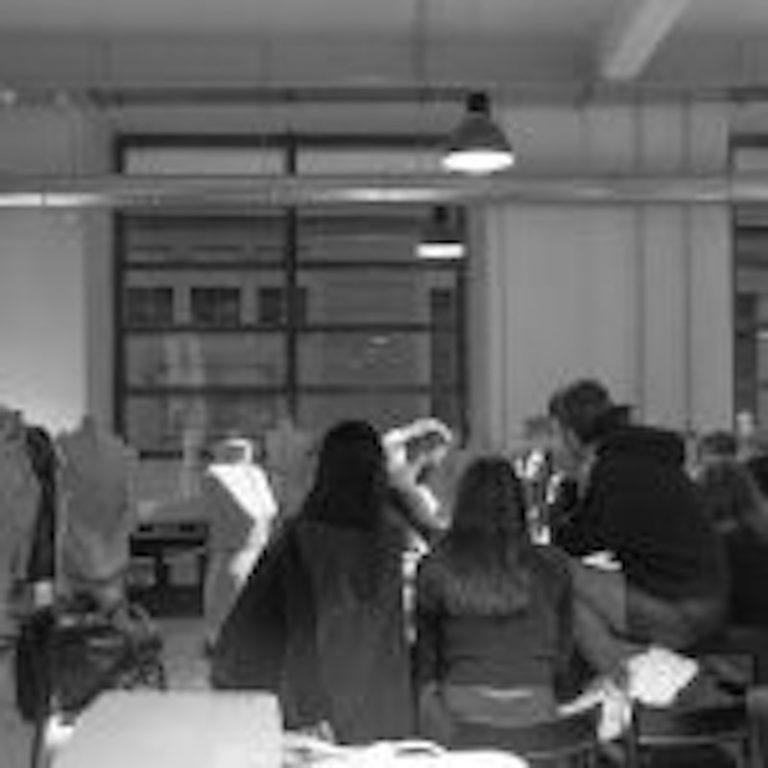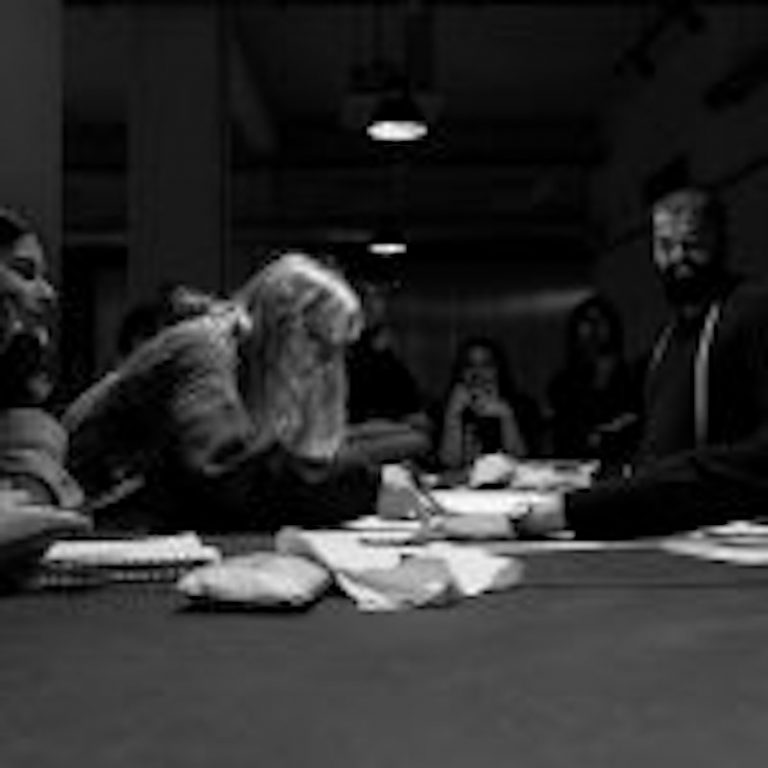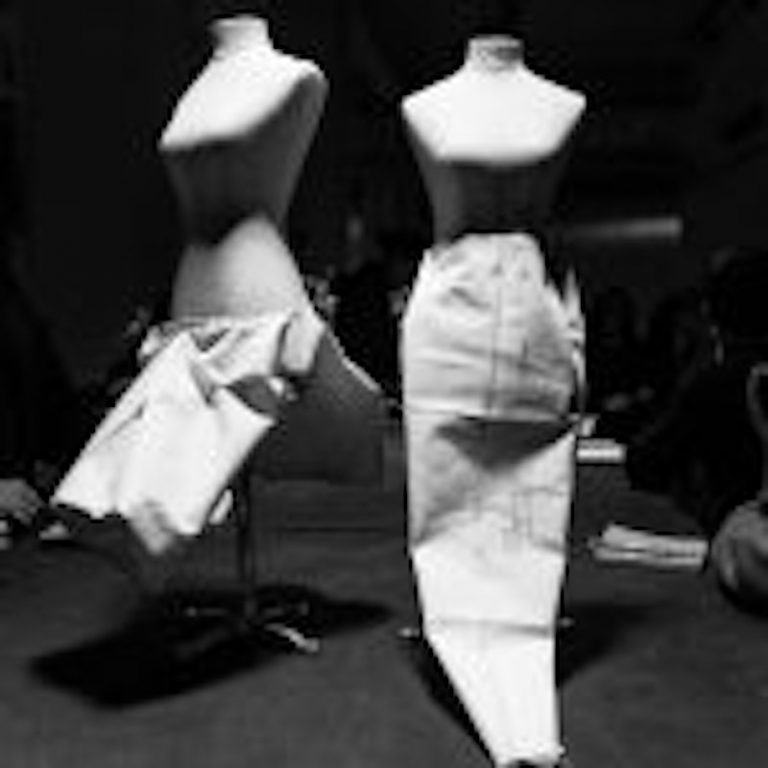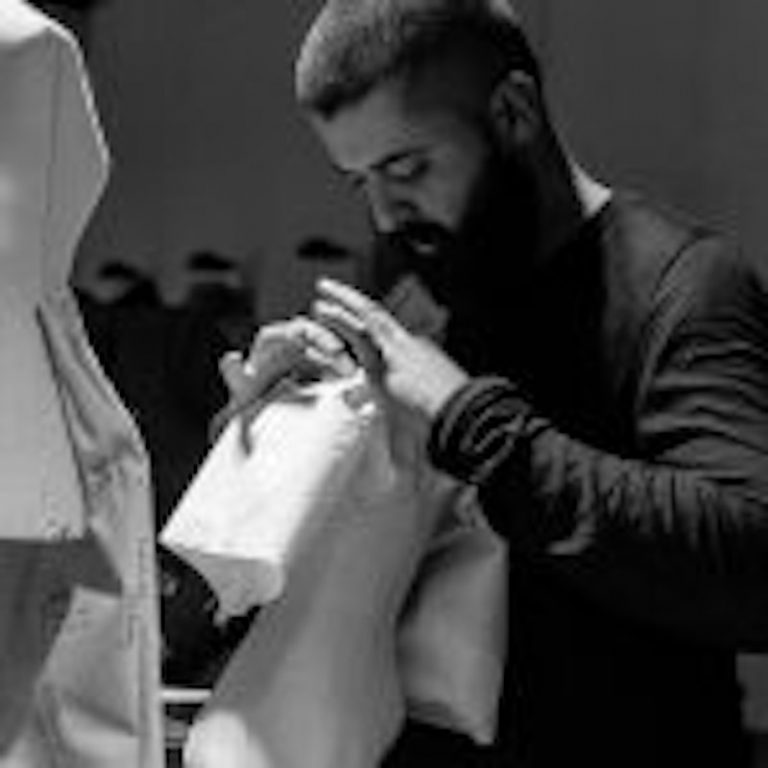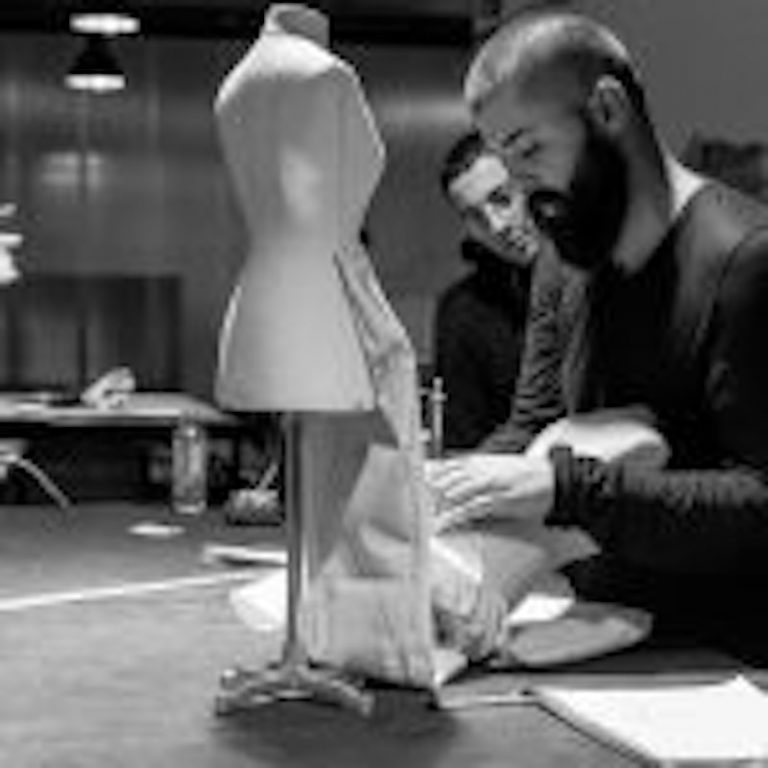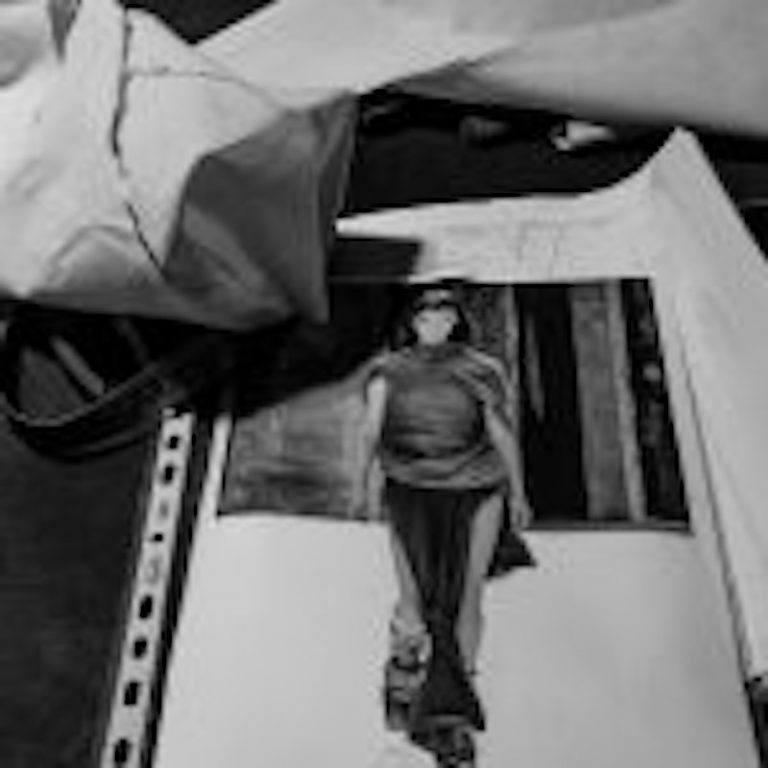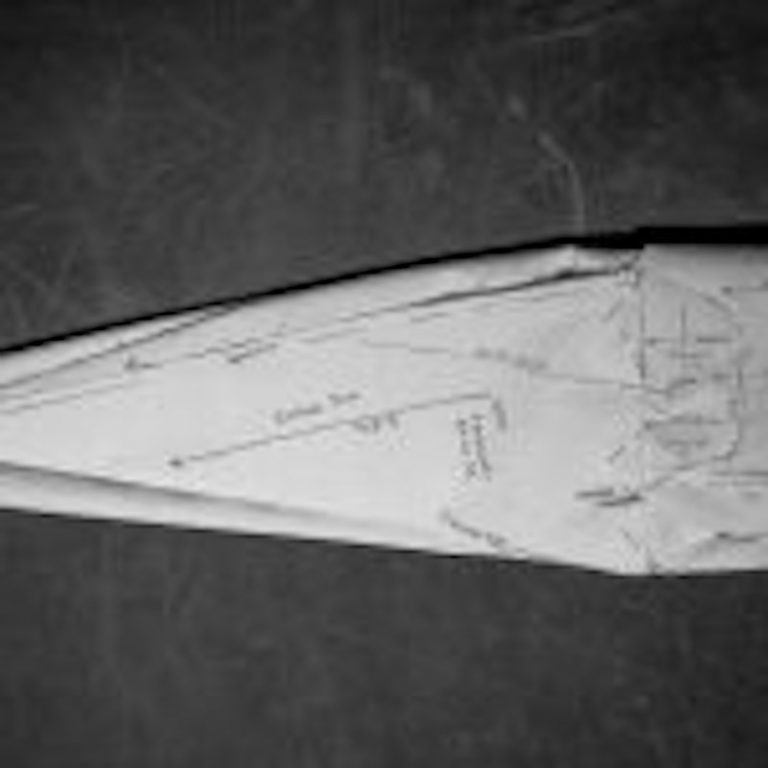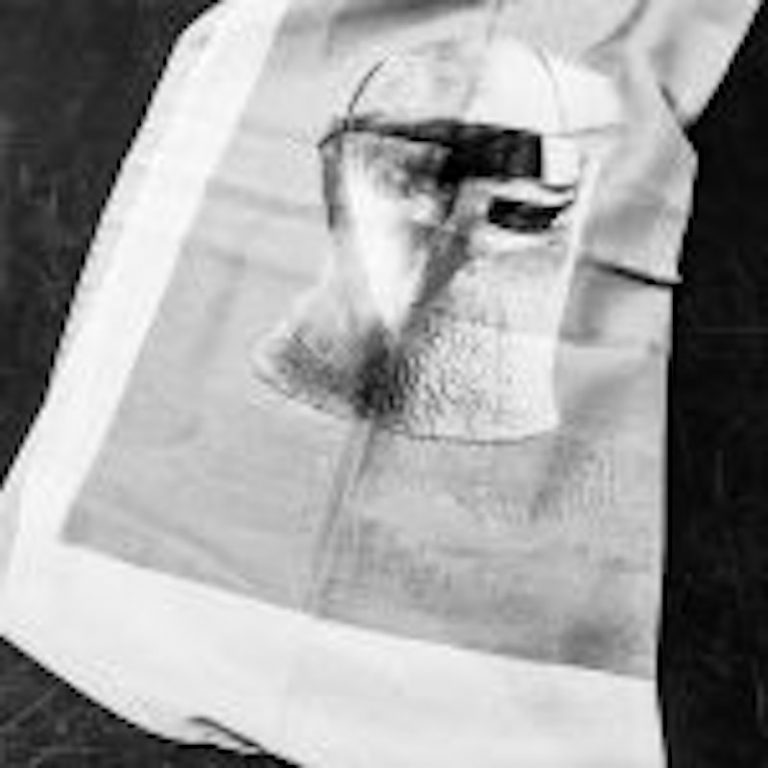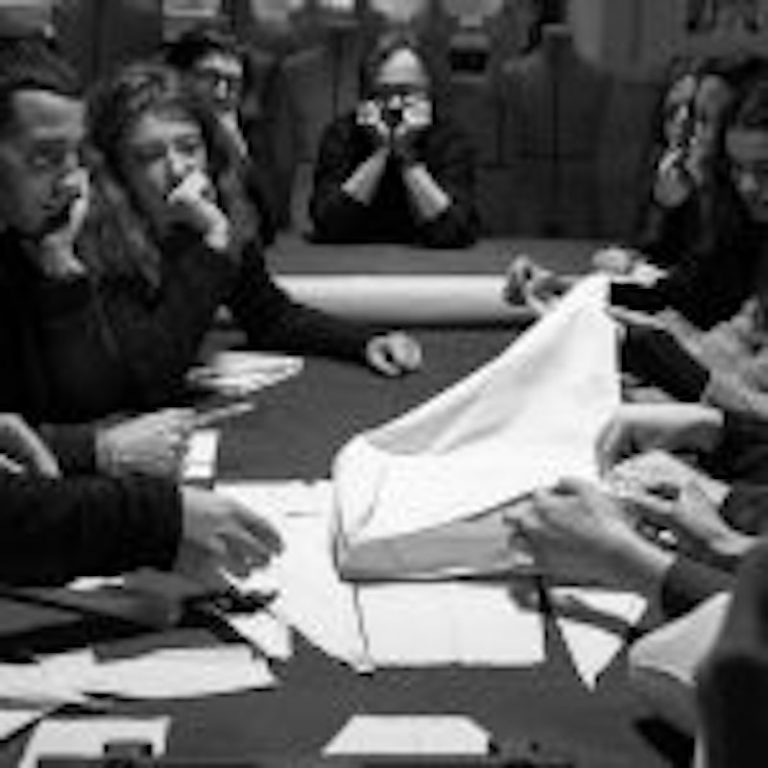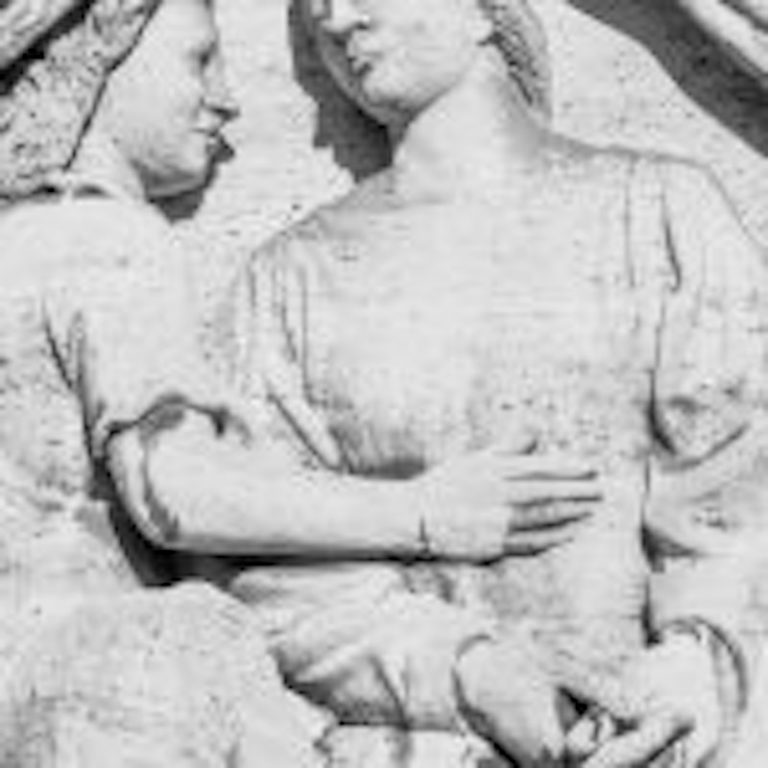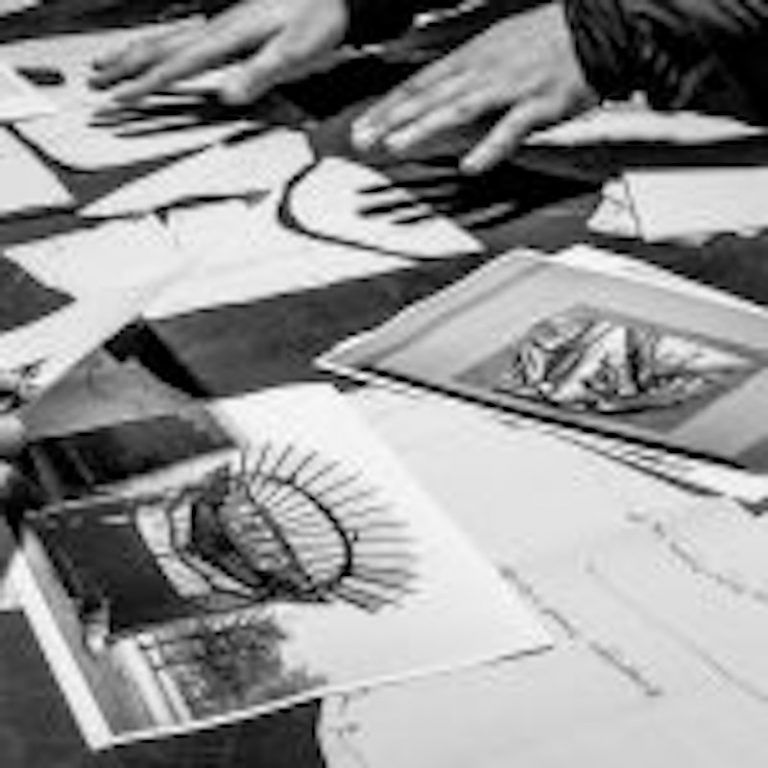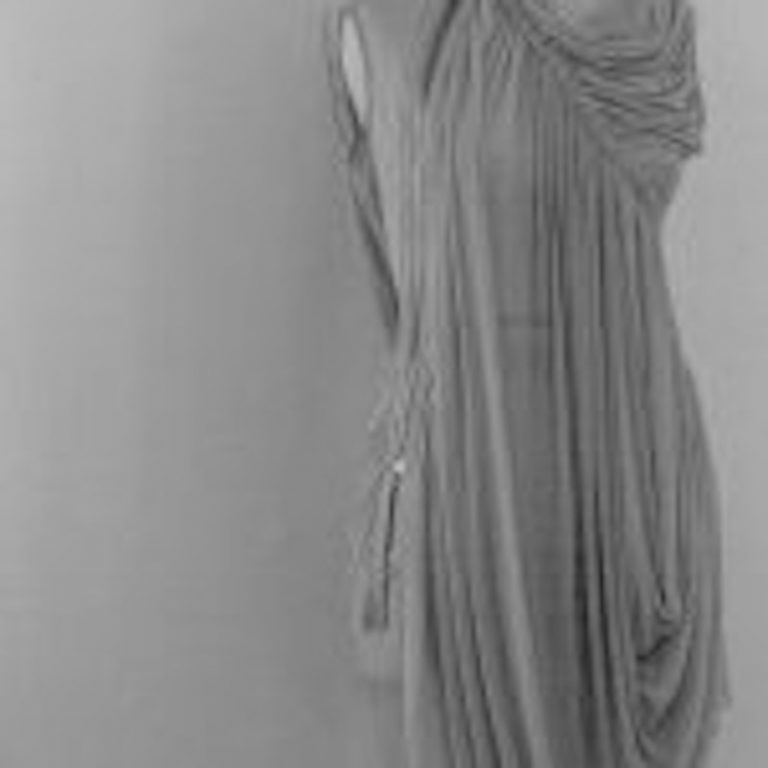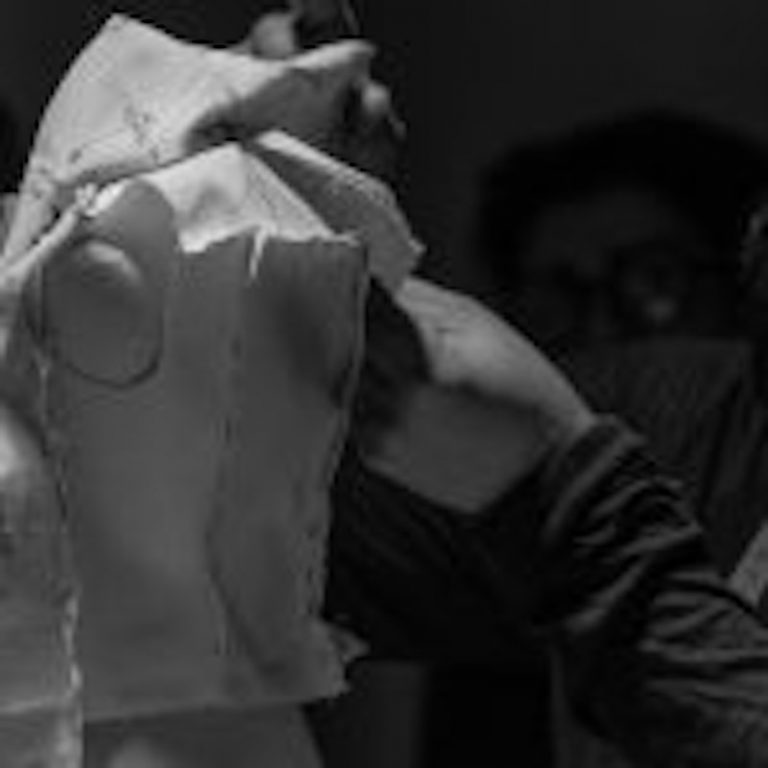Dubbed the high priest of 90s avant-garde and the “antithesis of Hollywood glamour,” Rick Owens is time-honored as one of the most influential and fêted American designers in the history of fashion.
His second-skin leather jackets, monochromatic palettes and architectural reveries have garnered a cult-like following, leading the Rick Owens Corporation – led alongside gothic legend Michèle Lamy – to its first major museum spotlight at the Triennale di Milano: Subhuman, Inhuman, Superhuman (December 2017- March 2018), a four-month retrospective surveying Owens’ oeuvre from incipit to today.
Eight months after closing, and for the first time in the history of the brand, a selection of these archetypal pieces made their classroom debut, becoming protagonists of a two-day workshop with Owens’ Head of Women’s Patternmaking Ahmad Daher. Ten of the most symbolic garments from the Triennale were set up in the rationalist setting of Polimoda’s third campus in the Manifattura Tabacchi, “an evocative space that harmonizes consistently with Rick Owens’ style and aesthetics,” comments Daher, creations laid bare to unearth the technical mechanics of Owens’ method to the next generation of creatives.
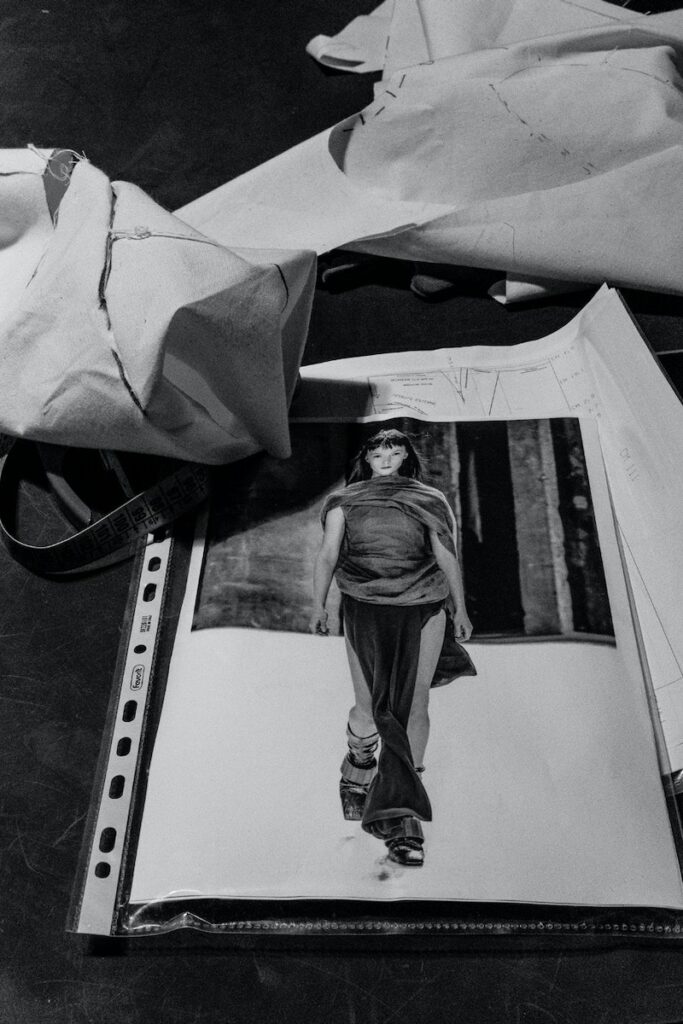
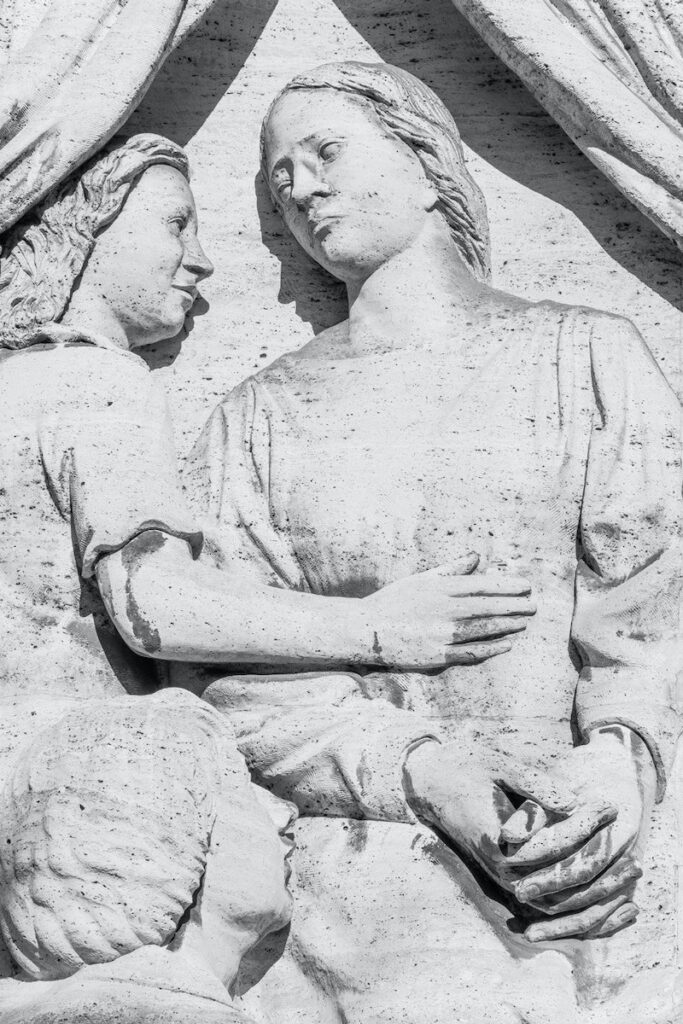
“I wanted to tell stories of patterns and details of pattern engineering by walking and leafing through twenty years of Rick Owens’ runway,” explains Daher of the aesthetics and patternmaking seminar, which involved final-year students in Fashion Design and Fashion Technology. “The items selected from the Subhuman Inhuman Superhuman Archive are the autobiography of a designer who loves the technical process of creating… In every creation, Rick Owens is always looking for the straight line that joins point A to point B, a philosophy that translates technically into a modest silhouette: simple, elegant, radical, futurist with an ever-present pace in a fast-moving world.”
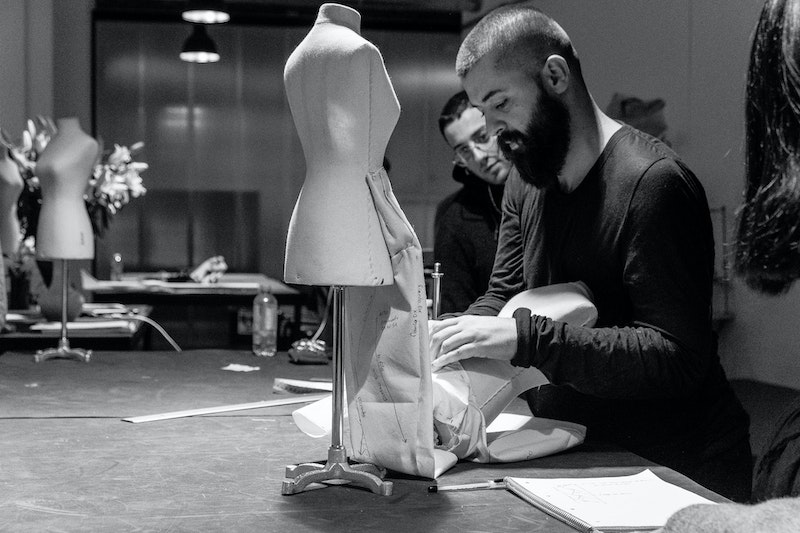
From the volumes of Thayaht and Le Corbusier to the industrial influence of Land Art’s Richard Serra and Michael Heizer, without art, architecture and design, explains Aurora Fiorentini, Rick Owens’ fashion would not exist. The Polimoda teacher and longtime industry expert dedicated the first portion of the workshop to introducing Owens’ values and poetics as deviating from the realms of mainstream and commercial fashion, unraveling the aesthetic archetypes and artists that most influenced his constructive philosophy and volumes.
Following the lesson, Daher used mannequins and the Triennale pieces to visually guide students through the pillars of Owens’ fashion, touching on the bias cut and pattern, cascade draping, the construction of twisted draperies and the Pillar silhouette, among others. “We told the story of Rick Owens’ bias cut and his strong connection to Madeleine Vionnette and Madame Grés,” he explains, referring to the technique of cutting fabric at a 45-degree angle championed by Vionnette and Grés in the 1920s. “The bias cut was the protagonist of the workshop, where together with the students we transformed a classic base into a bias construction.”
“Among the great couturiers of the past dear to Owens,” explains the Polimoda expert, “we also investigated a genie often forgotten in American fashion history: Charles James (1906-1978).” A predecessor of an aesthetic that triumphed in the late 1950s – sculptural silhouettes and evening gowns supported by complex, self-supporting internal scaffolding – James is most known for the influence of nature on his work and his innovative evening jacket (1937): a piece made of cellulose acetate entirely quilted with feather padding, resulting in a satin-like effect, very similar to a modern puff jacket, Fiorentini describes.
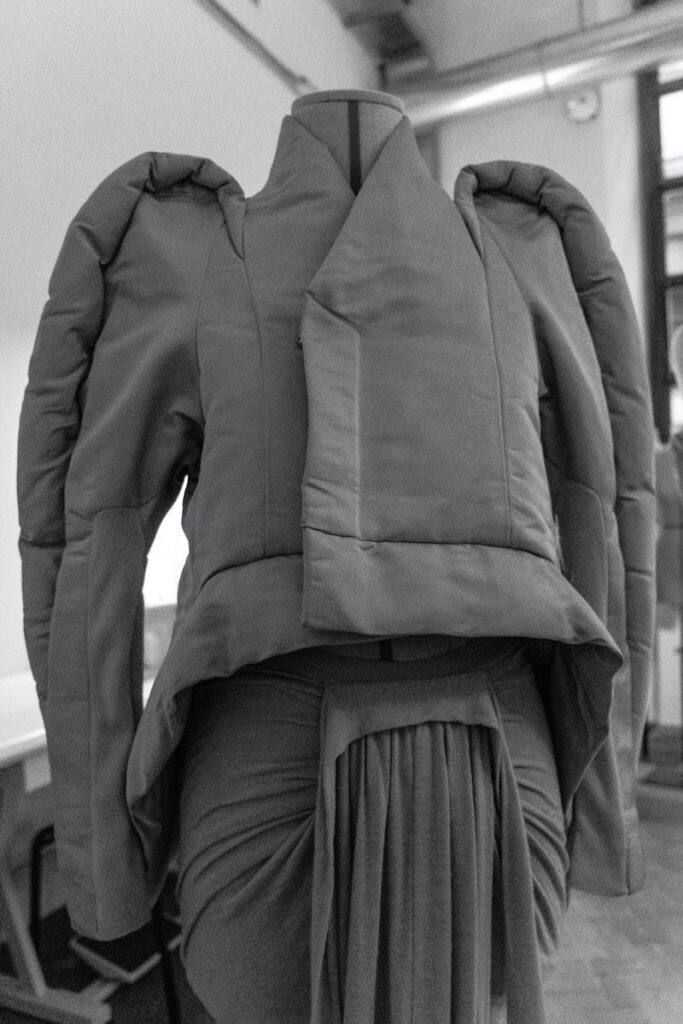
For the American designer, each collection becomes both an extinction and evolution of the previous, transforming the use of fabric into the creation of both garment and narrative. For each show, he explores new silhouettes with patterns from his archive, using them as the canvas bases on which he edits and creates new volumes and draperies. This thoughtful process explains Daher’s approach to Polimoda’s aspiring patternmakers and designers: “I never accept hearing [the students] say, ‘I did it because I like it.’ I want to know the reason for everything and what path led to this creation.”
The consistency and permanence of the production of Owens’ designs are rooted in his merging of influence from other disciplines and historic figures, a process that has founded his ability to create timeless, original pieces that transcend the boundaries of traditional fashion – a key point of reflection for students exploring their own creative processes. Allowing students to interact with these garments meant “transmitting part of my work experience as Head Patternmaker,” concludes Daher, “confirming [to them] the originality of final products when the creative and the technical aspect travel in hand. Giving the students the opportunity to analyze and touch the samples of the exhibition at the Triennale of Milan was a great satisfaction… I appreciate the curiosity of young people, their awareness in knowing they must have solid foundations. In this way, they can explore what they love in this wide and varied fashion world.”
